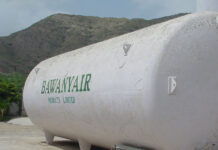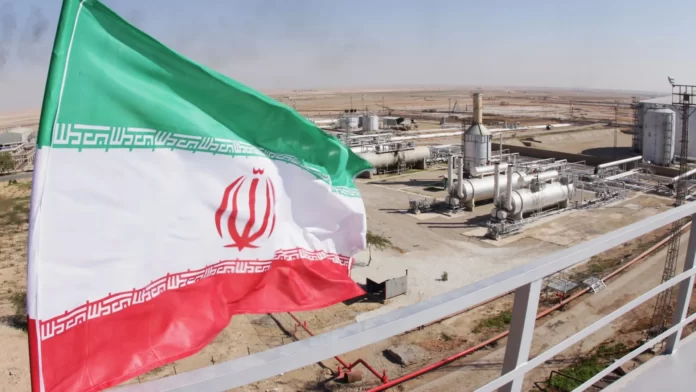China is importing unusually large quantities of crude oil from Indonesia, a trend traders say is a way to mask shipments of sanctioned Iranian crude trans-shipped in waters off Malaysia amid greater scrutiny of cargoes originating from Malaysia.
Declaring Iranian oil as Malaysian has long been a tactic of traders selling to China, the largest buyer of the U.S.-sanctioned crude, market participants say.
China has officially not imported Iranian crude since 2022, but its customs data regularly shows more Malaysia-sourced oil than the Southeast Asian country actually produces.
China’s crude imports from Indonesia have risen from less than 100,000 metric tons in 2024 to 9.81 million tons, or 235,570 barrels per day, for the year through October, according to Chinese customs data on Thursday. However, Indonesian customs data shows just 1.7 million tons of crude exported between January and September. Of that, it says that only about 25,000 tons went to China.
Meanwhile, China’s imports from Malaysia, the largest trans-shipment hub for Iranian oil, have almost halved since July from this year’s peak in March at 8.5 million tons.
Malaysia’s Marine Department and the Chinese and Indonesian customs authorities did not respond to Reuters requests for comment.
China’s crude oil imports from Indonesia started to surge in July and remained at high levels, even exceeding Indonesia’s production rate.
Indonesia has emerged as an alternate declared origin this year due to greater scrutiny from banks about oil labelled as Malaysian, according to two traders with knowledge of the matter who spoke on condition of anonymity.
“Some banks are rejecting documentations showing Malaysia as origin,” said one of the traders.
“With US‑Indonesia deals for energy supply and plans for 17 modular refineries in Indonesia, Indonesia may become a softer source than Malaysia. However, this sourcing can be changed on paper frequently if monitoring and enforcement is further increased,” said Pankaj Srivastava, a senior vice president at Rystad Energy.
The shift is also being driven by Malaysia announcing in July that it would more tightly enforce rules targeting illegal ship-to-ship (STS) transfers, where oil is shifted between tankers at sea to obscure its origin, according to consultancy Energy Aspects and a third trader.
However, despite the shift in labelling, Iranian oil was still being transferred between ships off the coast of Malaysia, traders said.
“Most of the STS transfers of Iranian crude destined for China still take place off the coast of Malaysia,” said Jianan Sun, analyst with Energy Aspects.
According to analytics group Kpler, in the first ten months of this year, China imported more than 57 million tons, or 1.37 million bpd, of Iranian-origin or suspected Iranian-origin crude, with over 51 million tons moved via STS.























